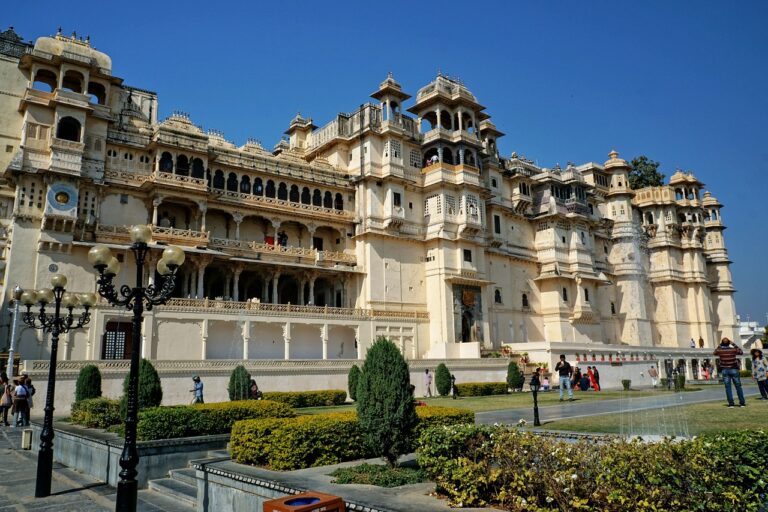Analyzing the Role of Data Visualization in Political Messaging: All pannel.com, New betting id, Gold365
all pannel.com, new betting id, gold365: In today’s fast-paced world, political messaging plays a vital role in shaping public opinion and influencing voter behavior. With the rise of data visualization tools, political campaigns have a powerful new tool at their disposal to convey complex information in a visually appealing and easily digestible format.
Data visualization involves presenting data in graphical or pictorial form, such as charts, graphs, and maps. By transforming raw data into visual representations, political campaigns can make their messages more engaging and persuasive to voters. Here, we will analyze the role of data visualization in political messaging and its impact on shaping public perception.
1. **Visual Impact**: One of the key advantages of data visualization in political messaging is its ability to capture attention and make information more memorable. Visual elements such as colorful charts and interactive maps can draw voters in and help them understand complex issues more easily than lengthy written reports.
2. **Transparency**: Data visualization can also enhance transparency in political communication by presenting facts and figures in a clear and straightforward manner. By providing visual evidence to support their claims, political candidates can build trust with voters and demonstrate their commitment to honesty and accountability.
3. **Storytelling**: Effective data visualization can help political campaigns tell a compelling story that resonates with voters on an emotional level. By using visuals to highlight key data points and trends, candidates can create a narrative that connects with people’s values and beliefs, making their message more persuasive and memorable.
4. **Targeted Messaging**: Data visualization allows political campaigns to tailor their messages to specific audiences based on demographic or geographical factors. By creating customized charts or graphs that appeal to different voter groups, candidates can increase the effectiveness of their communication and reach a wider range of supporters.
5. **Real-Time Updates**: With the advent of digital data visualization tools, political campaigns can provide real-time updates on key issues and events, keeping voters informed and engaged throughout the election cycle. By constantly updating their visual content, candidates can stay relevant and responsive to changing political dynamics.
6. **Social Media Engagement**: Data visualization is particularly effective in political messaging on social media platforms, where visual content tends to garner more attention and engagement than text-based posts. By creating visually appealing infographics or videos, candidates can increase their reach and visibility online.
In conclusion, data visualization plays a crucial role in modern political messaging by making complex information more accessible and engaging to voters. By harnessing the power of visuals to tell a compelling story, build transparency, and target specific audiences, political campaigns can enhance their communication strategies and ultimately influence public opinion.
—
**FAQs**
1. What are some common types of data visualization used in political messaging?
– Bar charts, pie charts, line graphs, maps, and infographics are commonly used in political messaging to present data in a visually appealing format.
2. How can data visualization help political campaigns connect with voters on an emotional level?
– By creating visual narratives that highlight key data points and trends, candidates can craft a compelling story that resonates with voters’ values and beliefs.
3. Is data visualization only effective in digital formats?
– While digital data visualization tools offer many advantages, such as real-time updates and interactive features, printed materials can also be used effectively in political messaging campaigns.







